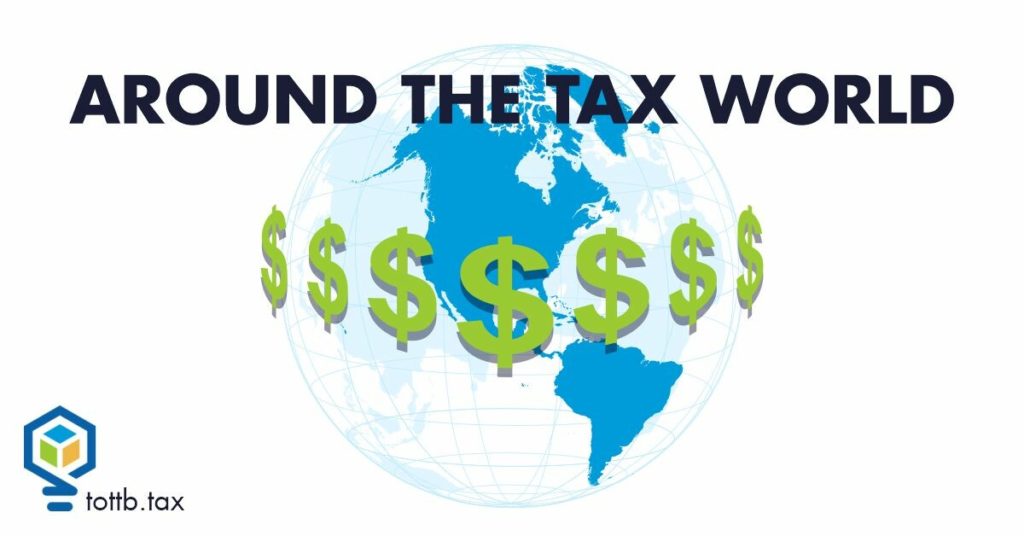Seeking to compensate for declining gas taxes, Virginia launched a pay-by-mile program… as an alternative to a fixed fee for electric and fuel-efficient vehicles. The “Mileage Choice” program has wooed over 7,000 Virginians who have opted to pay a fee for each mile they drive rather than pay the state’s annual highway use fee for electric vehicles.
Back in 2019, Virginia legislators recognized the need for a new income source as gas tax revenue declined even though drivers were logging just as many miles as ever. This posed a problem for the state’s transportation budget, which relied on gas tax revenue to build and maintain roads. Since EV drivers were paying less in gas taxes than other drivers, the state introduced a flat fee on electric vehicles and vehicles with a fuel efficiency of over 25 miles per gallon.
However, many EV owners objected to the seeming disincentive to drive an environmentally-friendly vehicle. Virginia’s alternative pay-per-mile program seeks to provide a cost-savings option to these drivers, particularly those who drive less than the average amount (estimated at 11,600 miles per year). Similar programs already existed in Oregon and Utah, and other states have conducted pilots.
With the Biden administration introducing more incentives for purchasing an electric vehicle, the federal government and other states are exploring similar programs to ensure funds will be available for the nation’s roads and other infrastructure needs.
About 23 million California residents are slated to receive tax refund checks… of up to $1,050 each. The Golden State recently launched the largest stimulus program in the state’s history. Also known as the Middle Class Tax Refund, these refunds are intended to help residents pay for living expenses in the face of inflation. The program receives its funding from California’s impressive $97.5 billion budget surplus.
To qualify for a tax refund, Californians must have resided in the state for six months or more in the 2020 tax year and be a current resident. They must also have filed a 2020 tax return by the extended October 15, 2021 deadline and must not be claimed as a dependent on someone else’s tax return.
The amount that residents receive will depend on their income and the number of dependents. The highest available amount is $1,050, which will go to married couples with at least one dependent and who earn $150,000 or less in annual income. Qualifying single taxpayers will receive between $200 to $700. Payments are gradually phased out at higher income levels, and individuals earning over $250,000 and couples earning over $500,000 do not qualify for the refund.
An online tool is available to estimate your payment amount. Payments will be received either by direct deposit or via debit cards that will be issued via mail.






